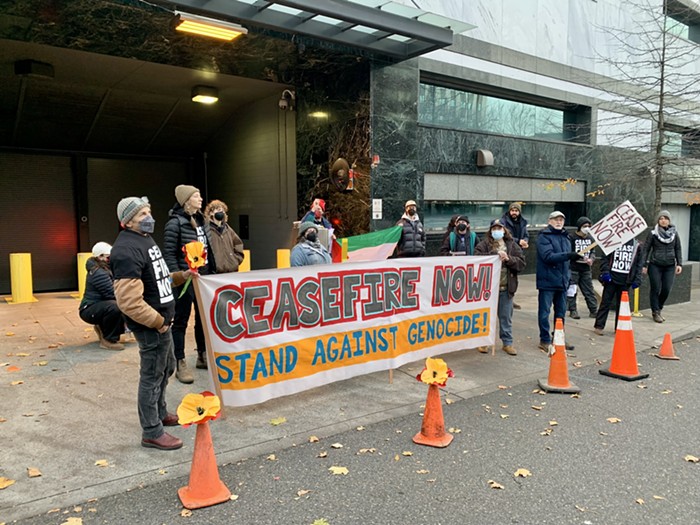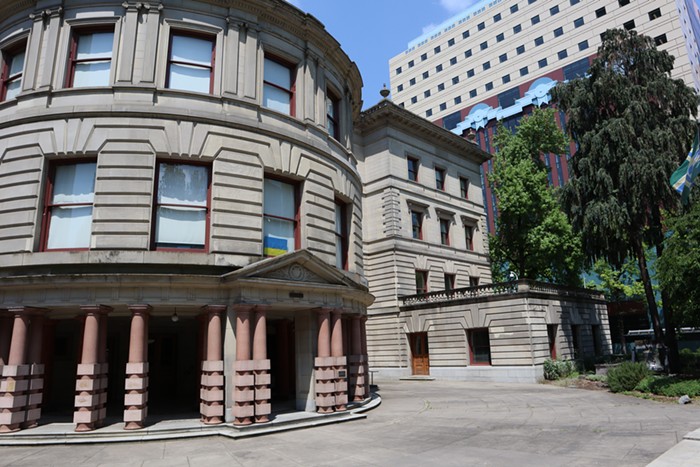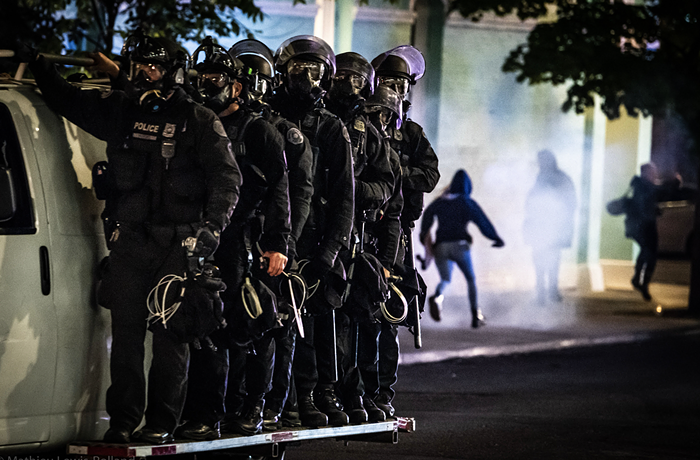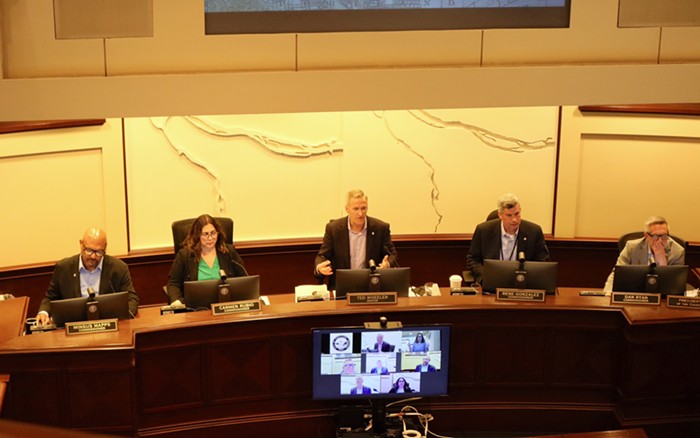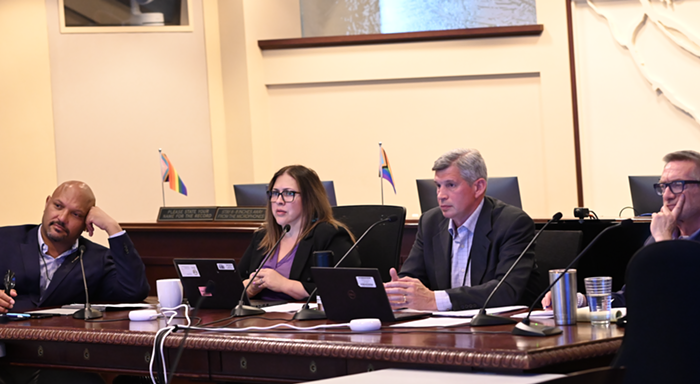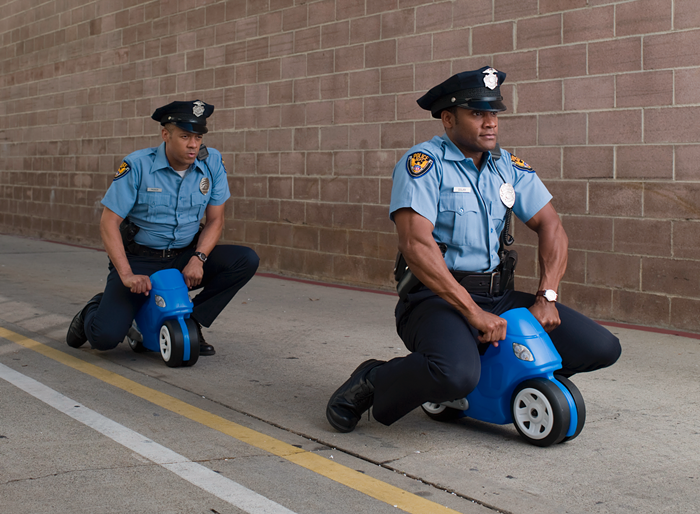And what their analysis found isn't pretty: Kids of color in Oregon are disproportionately likely to be charged with Measure 11 crimes, and more likely that white youths to be wrongfully accused. Plus, the study found no connection between the number of young people charged with Measure 11 crimes and the juvenile crime rate in their counties—meaning putting kids behind bars isn't even linked to a drop in crime (plus it has high social and financial costs).
It's long overdue that the state give Measure 11 a hard, critical look. The size of Oregon's prison population has more than doubled since the measure passed in 1994. Hopefully the Governor's recently announced reevaluation of the state's prison sentencing guidelines will take into account this report's disturbing stats.
Here are some of the situations the analysis, from national group the Campaign for Youth Justice and locals the Partnership for Safety and Justice, brings to light:
• In the 3,274 cases examined, 22 percent of white kids were convicted of the Measure 11 crime they were indicted for. But 15 percent of black kids were convicted of the Measure 11 crime they were indicted for. That shows a disparity—black kids are more likely to be charged for crimes that don't hold water in court.
• Black kids are 2.8 times more likely to be indicted for a Measure 11 crime than white youths arrested for the same offense.
• The number of kids charged with Measure 11 in each county has "no discernible relationship" to the juvenile crime rate in that county. For example, Multnomah County and Gillam County have a super similar crime rate per capita (4,847 per 100,000 and 4,605 per 100,000, respectively). But Multnomah County sent 149 juveniles to prison on Measure 11 charges from 2006-2008, while Gillam County only sent away one kid.
As we reported in the paper last month, an additional problem with Measure 11 is that juveniles charged with Measure 11 crimes were held in adult prisons under their pretrial hearings—some of them held in solitary confinement for weeks and months. A bill that passed the legislative session hopefully changed that. Fingers crossed.
So should the state try to throw out Measure 11? Politically, that's highly unlikely. The report recommends smaller changes: Making sure no youth are kept in adult prisons, removing lesser degree offenses from getting mandatory minimum sentences, and allowing kids convicted under Measure 11 to receive a have the chance to leave prison earlier and be under at-home supervision.

